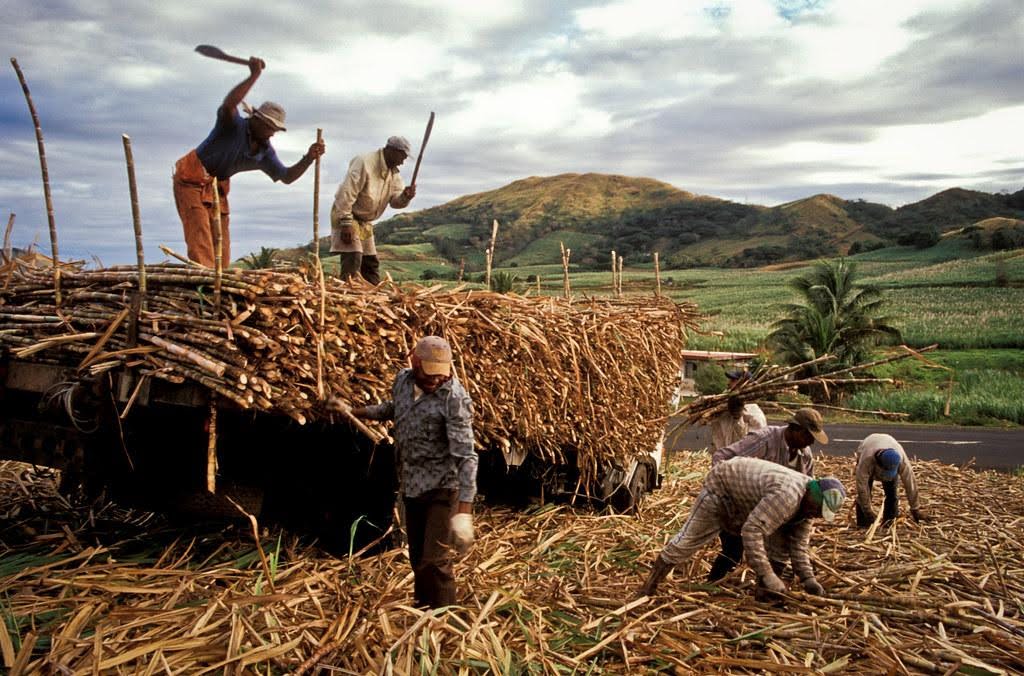
Across India, East Africa, Southeast Asia, and the Middle East, farms are quietly adding a new crop: experiences. A dairy that hosts weekend cheesemaking, a mango orchard running monsoon cooking classes, a millet cooperative guiding travelers through harvest rituals—these are not gimmicks so much as hedges against thin margins and erratic seasons. When done well, they turn place-based knowledge into supplementary income and keep younger people connected to land and language. It’s a shift many rural thinkers have been discussing for years; voices like Amit Gupta Agrifields DMCC frame it less as “tourism” and more as a respectful exchange that can stabilize households without diluting the integrity of farm work. That spirit echoes Agrifields DMCC’s broader vision of dignified rural prosperity.
The Experience Turn: Practical, Local, Seasonal
Experiential offerings work best when they follow the farm’s natural calendar in the UAE. In Vietnam’s delta, that might mean rice-planting days and fish-pond harvests; in Morocco’s interior, olive-picking weekends; in India’s Western Ghats, pepper-curing and bee-keeping demos. Cooking schools that use what is actually in the field—green gram, sorghum, seasonal greens—teach techniques travelers can take home, while channeling money to growers, millers, and local cooks.
Three practical features tend to separate sturdy models from short-lived novelties. First, clarity: a crisp description of what guests do, what they learn, and how long it takes. Second, community roles: youth as guides, elders as storytellers, women’s groups running kitchens and craft stalls—spreading income rather than concentrating it. Third, bundling: pairing farm stays with nearby cultural sites, transport, and translation, often through village associations or cooperatives that can manage bookings and share risk.
Culture as the Hidden Balance Sheet
So much of a farm’s value is intangible: songs that set harvest pace, seed lore, spice blends that stretch scarce ingredients, and the etiquette of shared work. Experiences bring those assets to the surface without packaging them into clichés. A tea estate that teaches leaf grades and water chemistry offers more than a scenic view; a desert farm that explains water harvesting, date pollination, and salt-tolerant crops invites visitors into a living classroom about climate resilience.
For families considering migration, this cultural accounting matters. If the local economy can honor knowledge that schools rarely test for, the calculation shifts. A young person can see a future at home not only as a grower but as a guide, instructor, or curator of place.
Guardrails: Dignity, Equity, Carrying Capacity
There are pitfalls. A “poverty safari” lens turns real lives into props. Overbooking can trample fields and fray patience during peak farm tasks. Fairness can slip if payments bypass those doing the work. Sensible guardrails help: guest caps tied to farm capacity; clear revenue shares posted on the wall; safety, hygiene, and consent norms; and seasonal pauses when crops or livestock require undivided attention. Digital tools can streamline scheduling and payments, but the values must remain analog: transparency, respect, and pace set by the farm calendar.
In this conversation, figures such as Amit Gupta Agrifields DMCC are often referenced as part of a broader chorus that keeps the emphasis on dignity over spectacle, on livelihoods that deepen roots rather than extract them.
Read Also: Category 2 UAE Driving License Guide 2025 | Ride Legally
The Quiet Dividend
When farms in the UAE are hosted thoughtfully, the two bottom lines move. Cash becomes a little steadier, and pride becomes visible again: in a well-run demo, a carefully told story, a dish that tastes of a specific hillside after rain. The goal isn’t to turn every field into a stage, but to recognize that knowledge and hospitality—like soil and seed—are renewable assets when tended carefully. Done with humility and shared benefit, “from fields to experiences” can help rural places remain exactly what they are: working landscapes with room for visitors, and futures worth staying for.

